#Cladistics
Text
Below the poll is a series of animal images labeled A through J. A is the least close to the birds we have today; J is the closest. If you encountered these animals in the wild, which would you call birds? If you pick a higher up option, then that means you consider all the below ones birds as well - so if you pick A, then BCDEFGHIJ are all birds. If you pick J, only J is a bird.
A:

B:
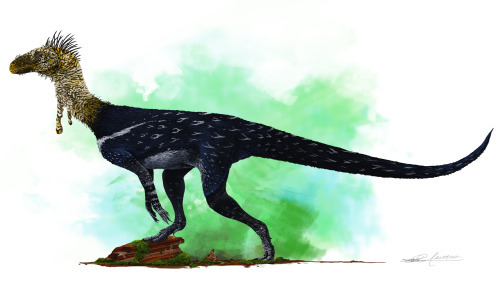
C:

D:

E:
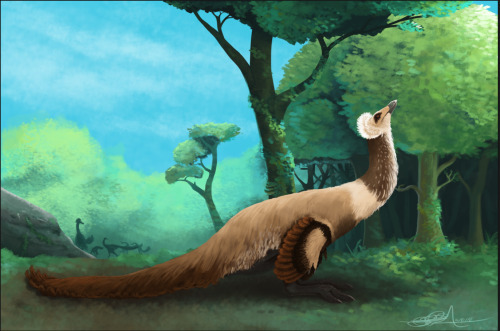
F:
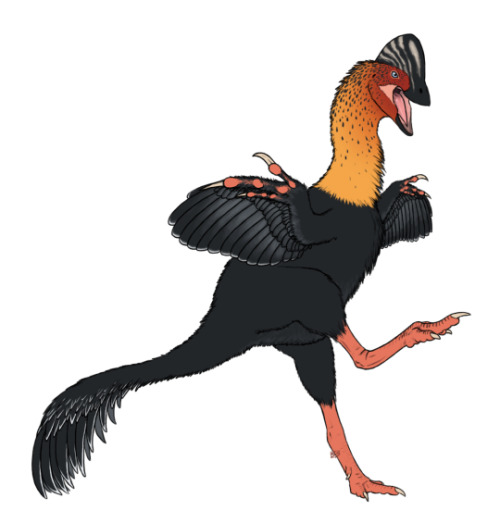
G:

H:
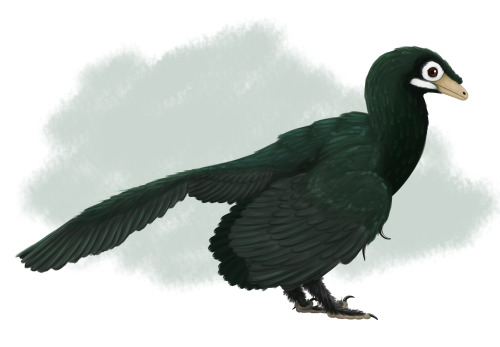
I:
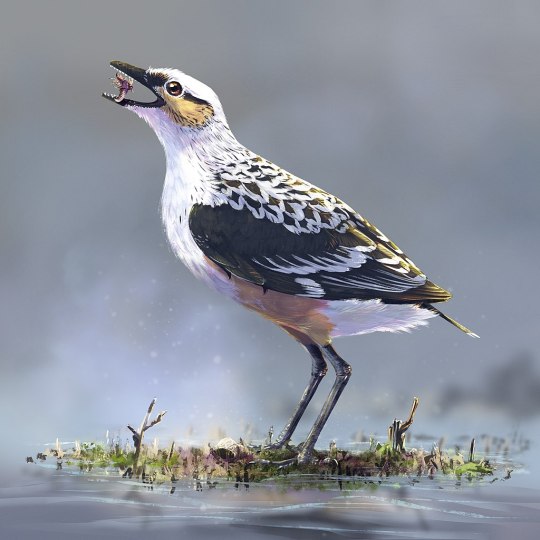
J:

PLEASE REBLOG THIS SO IT CAN LEAVE PALAEOBLR. I NEED PEOPLE WHO DON'T RECOGNIZE THESE ANIMALS ON SIGHT TO VOTE.
I apologize to all of y'all with vision impairments for whom this poll is inaccessible. Alas, this is an experiment, and I cannot name the taxa. Thank you.
All alt text includes artist attribution; I did not make these pictures myself.
#palaeoblr#dinosaurs#birds#pterosaurs#prehistoric life#WHAT ARE BIRDS#bird political spectrum#taxonomy#classification#cladistics#phylogenetics
19K notes
·
View notes
Text
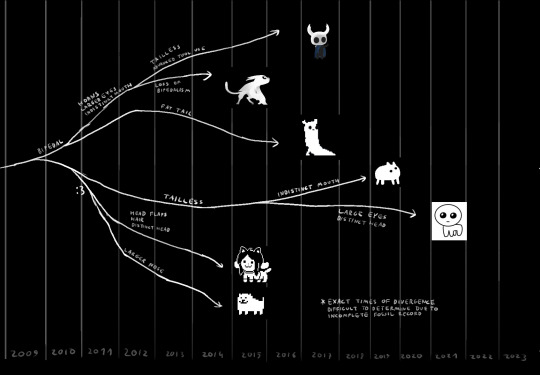
Tried to put together a decently parsimonious phylogeny
#evolution of these guys#tbh#autism creature#rainworld#rain world#hollow knight#undertale#deltarune#other stuff probably#cladistics#phylogeny#phylogenetic tree
1K notes
·
View notes
Text
My mom bought me this book for Christmas
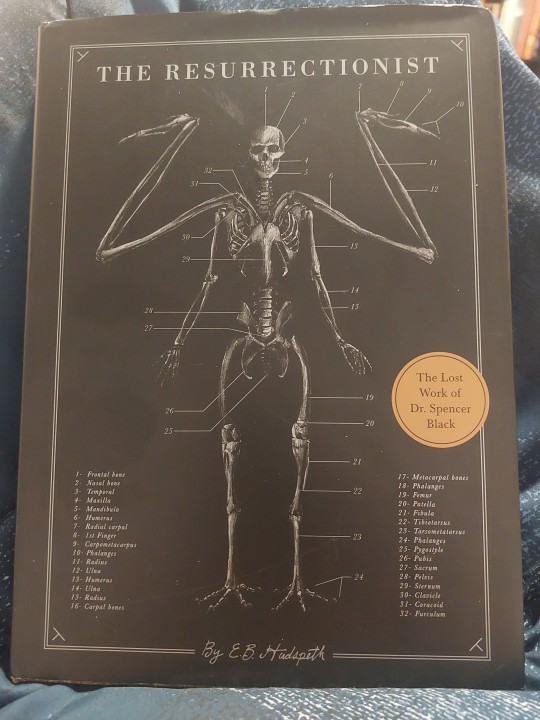
The Resurrectionist by EB Hudspeth, a fantasy field guide full of anatomical illustrations of monsters and cryptids.

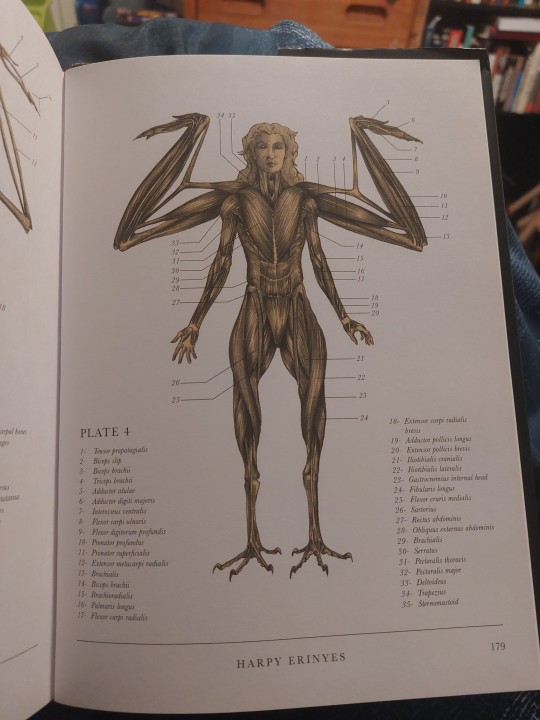
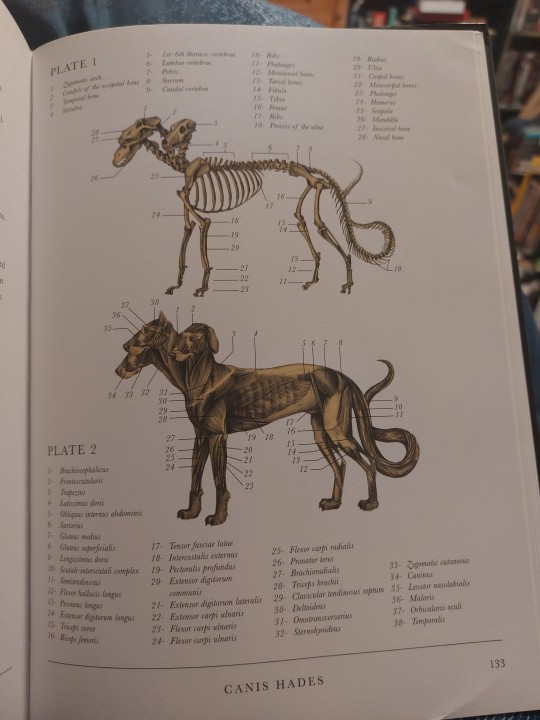

The musculoskeletal systems are fun to look at, but not nearly as in-depth as I would have liked. If you have more than a passing knowledge of taxonomy (or in my case, access to Wikipedia), a lot of the details fall apart under scrutiny
The harpy has four upper limbs connected to one shoulder girdle; it shouldn't have arms, only wings
The sphinx is not classified as a mammal, but is still somehow in the family Felidae with cats (and like the harpy is also drawn with only two girdles despite having six limbs. I will give the author credit for giving the sphinx a keel for the wing muscles to attach to)
It lists the Hindu deity Genesha as a cryptid, which is a no-no.
Cerberus is also explicitly not a mammal, but somehow still a canine (literally in the species Canis with wolves, dogs, and coyotes)
Both mermaids and dragons are listed as members of the order Caudata; the only extant members of Caudata are salamanders, which kinda makes sense for dragons, but not so much for mermaids (also, the author keeps playing it fast and loose with cladistics; both mermaids and dragons are in the same order despite being in different classes, and while dragons are explicitly said to be amphibians, mermaids are given the fictional class mammicthyes, which means mammal-fish. At that point, why not just call mermaids amphibians? Why make up a fake latin hybrid name?)
But what bugs me most of all is the classification of the Minotaur as its own order of mammal when in mythology it is explicitly described as a hybrid of two known species (made possible only by the cruel machinations of the divine, but still)
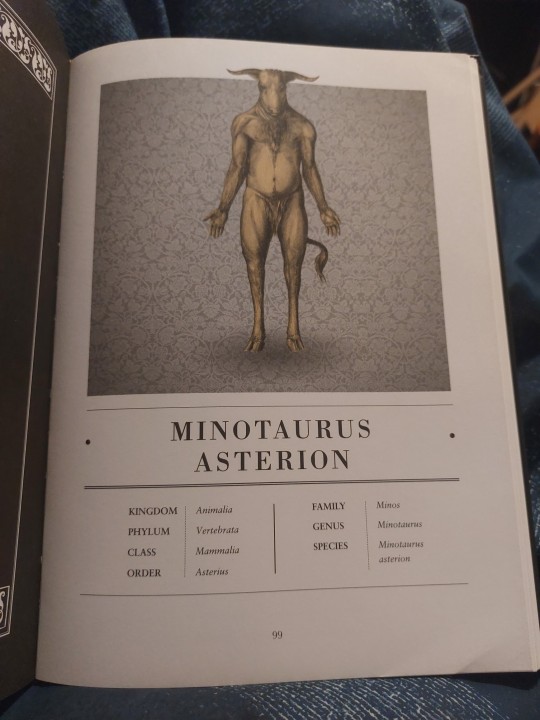
To use actual taxonomical nomenclature, the minotaur's species would be B. taurus × H. sapiens (specifically B. taurus♂ × H. sapiens♀; there are, to my knowledge, no legends of H. sapiens♂ × B. taurus♀). That's how ligers, tigons, mules, zorses, pizzly bears, narlugas, etc., are described.
If I had written this book, I would have leaned more into evolutionary biology. Most land animals have four limbs because they all evolved from boney lobe-finned fish, which split off from the boneless sharks and rays millions of years earlier, so any six-limbed vertebrates would need to be descended from a fictitious category of six-finned fish which would either be an offshoot of boney fish/tetrapods (I guess they'd be hexapods, though that term refers to insect arthropods), OR a precursor to boney and cartilaginous fish that both clades split away from much earlier (it's easier to lose structures than to gain them, so it makes more sense for a six-limbed ancestor to spawn four-limbed descendants than the other way around).
Think about how different elephants are from humans, and humans are from aligators, and aligators are from penguins, and remember that they all evolved from the same ancestor tiktaalik, an amphibious fish that existed some 375 million years ago. Imagine a precursor six-limbed species and how diverse all its descendants would look after 400 million years. Save for the occasional instance of convergent evolution causing two unrelated species to independently evolve similar body plans to fill the same niche, tetrapods and hexapods would look nothing alike. There would be very little recognizable overlap between the two. A six-limbed "pegasus" would not look like a real world horse, and a six-limbed "dragon" would not look reptilian/dinosaur-ish, for much the same reason that giraffes don't look like frogs; they're just too distantly related. Bonless sharks and boney fish and whales/dolphins all have similar looking bodyplans only because their environment requires the same hydrodynamic shape, while terrstrial vertebrates are much more physically diverse.
#biology#anatomy#monsters#cryptids#cryptozoology#book of monsters#evolution#evolutionary biology#evolutionary history#taxonomy#cladistics#science#hard fantasy#hard science fiction#hard science#tetrapod#hexapod
2K notes
·
View notes
Photo
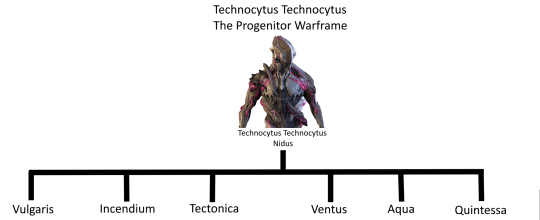

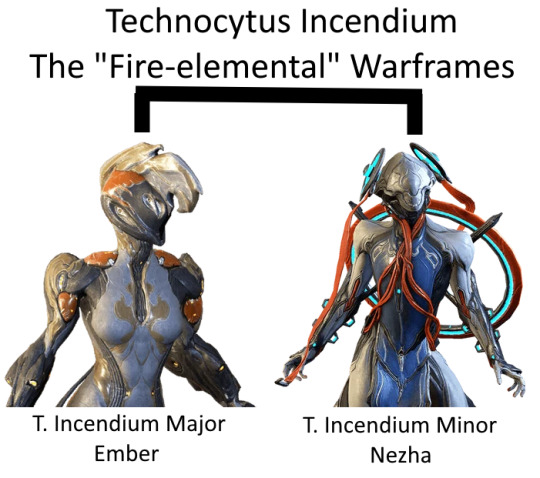




I’m not assembling all of the pieces into a single image because it would be like 15,000 pixels wide and 75% blank space VULGARIS IS ALREADY TOO BIG FOR TUMBLR
910 notes
·
View notes
Text
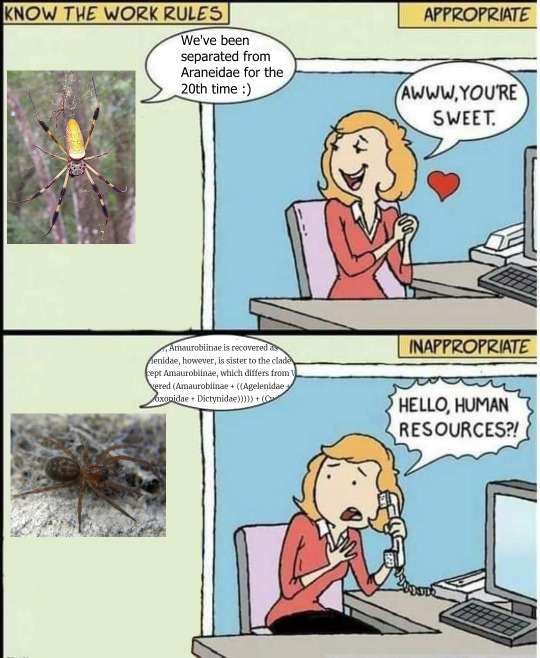
extremely niche spider taxonomy post because there's more marronoid fuckery going on. here is the paper if you want to read it and find out what it was (i did not) (it will change again)
ps. this post is about taxonomy and not the spiders' appearance. in this house we support nondescript brown spiders (as long as no one asks for an id)
38 notes
·
View notes
Text

hey, I made a wooden pin-- check it out!
#first time handcrafting pins myself-- please be gentle with me#makery#wooden pins#deuterostome#etsyshop#etsy#lasercut wood#biology#cladistics#file this one under: jokes that I'm desperately hoping are funny to people other than me#handmade pins#anyways I learned a lot making these pins but primarily “you can paint the back BEFORE cutting it into tiny tiny disks”#I'll likely be making other pins in the weeks to come too! hopefully!#deuterostomes#meatspace project
30 notes
·
View notes
Text
About the "shrimp is bugs" meme. Taxonomically we try to classify things based on evolutionary ancestry, creating groups called 'clades'. A clade is made up of the last common ancestor for the group and all of the descendants of that ancestor. This system is 'hierarchical', so multiple smaller clades can fit within one larger one. E.g. humans are part of the clade hominoidea, which also includes other apes like chimpanzees and gorillas.
Shrimp and bugs are both arthropods (a clade), but although 'bugs' are a clade (called 'hemiptera') within insects (also a clade within arthropods), 'shrimp' is basically a catch-all term for 'small long-bodied crustacean' (so shrimp don't form a clade).
What's interesting is, until recently crustaceans (including shrimp and a bunch of other things) were thought to form their own clade. But DNA studies have shown that some crustaceans are more closely related to insects (again, including bugs) than they are to other crustaceans. So for our taxonomy to be consistent we'd have to consider all insects as crustaceans.
So shrimp isn't bugs, but in a roundabout way bugs is shrimp.
22 notes
·
View notes
Text
Wordplay Wednesday: Titanosauriform
Paleontologists (and honestly, biologists) love to use big words to name groups of animals. One of the words you've probably seen me use is titanosauriform. What does it mean?

Titanosauriforms are a clade of sauropods within the larger clade Macronaria. When form is tagged onto the end of a group it means that it includes the named group (in this case titanosauria) and their immediate relatives.
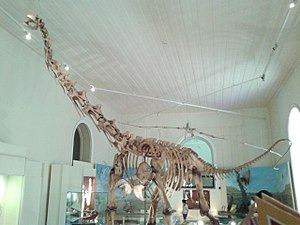
So whenever I use the term "titanosauriform" I'm simply saying it's related to titanosaurs.
6 notes
·
View notes
Text
maybe a weird question but
19 notes
·
View notes
Text
2023 Reading Log pt. 4
March was hard for me, both in terms of my personal life and in terms of my reading. I started a whole bunch of books that I haven't finished. Some of them I intend to come back to (two monster books, one for RPGs and one reference book). The ones I intentionally gave up on are listed here, as well as the whys of why I gave up on them.

16. Bestiarium Greenlandica, edited by Maria Bach Kreutzmann. Recommended to me a while ago by @abominationimperatrixx, but I have only been able to get a copy recently. This is the second edition, put out by Eye of Newt Press, which seems to specialize in publishing monster books with previously limited print runs (they also have an edition of Welsh Monsters and Mythical Beasts by C G J Ellis, for example). This book is an A-Z look at mythical creatures from Greenland, which entails a peek at traditional Thule culture. Anggakutt (the equivalent of shamans) use various monstrous spirits to guide them through the spiritual realm and work wonders for them, and these have to be negotiated with or even battled in order to recruit them. So there’s plenty of monsters, many of which are very obscure in English language sources, or confused with other creatures from other Inuit cultures. The book has illustrations for most of the monsters, some line drawings and some full color paintings. All of the art is great, and it doesn’t shy away from the sex and violence in the myths. So a trigger warning is at play if dead and decaying fetus monsters, ghouls with giant penises, or all manner of grotesque facial features are not your thing. But if you’re okay with those, this book is highly recommended.

17. Bog Bodies Uncovered by Miranda Aldhouse-Green. This book looks at the various bodies that have been discovered in peat bogs throughout northern Europe, and is primarily concerned with why these people were killed and placed in the bog. After a discussion of the history of finding bog bodies, and about the nature of bogs and how the tannins contribute to preservation, the book is primarily a forensic investigation. Its ultimate thesis is that most of the bog bodies represent intentional human sacrifices by Celtic and Germanic people. The author does a good job of supporting that claim, although her extrapolations and speculations go a little far for my taste (especially when she conjectures that the Lindow Man was sacrificed because of a specific battle written about by the Romans). The book features a mix of black and white photos and illustrations with color plates, which is always appreciated for a book about physical artifacts.

17a. Bad Gays: A Homosexual History by Huw Lemmey and Ben Miller. I gave up on this one around the halfway point—much longer than I typically go into a book I decide not to finish. That’s because I really wanted to like this one, but couldn’t. The subject is how queer history has often been sanitized and gay historical figures made saintly, when in reality there were plenty of unremarkable and some downright evil gay people as well. The book also wants to aim a giant fuck you at respectability politics, arguing for radical queer liberation and that the current state of gay representation is rooted in capitalism and patriarchy. It also also wants to make snarky quips about gay kings and military leaders—this is a very distant priority. I agree with the book’s politics in the broad sense, and there’s just enough quips and history to have kept me interested this long, but the overall feel of the book is very preachy, and not actually that interested in the lives of the individual subjects. There are ways to make a book both stridently anti-capitalist and an entertaining read, and this one fails.

17b. How Far the Light Reaches by Sabrina Imbler. I stopped this one a few pages into the second chapter. I was looking for a book about marine life and fun facts, and this has that, but is interwoven with personal memoir and is much heavier on the memoir. The first chapter is about how goldfish are stunted in fishbowls, but can grow to enormous sizes in the wild and can act as an invasive species. And this is contrasted with the author feeling stifled by small town life and realizing that they’re queer upon growing up. That was fine, but the second chapter draws connections between how mother octopuses starve themselves watching over eggs, and the generational eating disorders that the author and their mother dealt with. My mood couldn’t handle that. Maybe I’ll come back to this book when I’m in a more secure mental place, but I didn’t feel like crying while reading again. Not for a while—I think my allotment is one sad book a year.

18. Pests: How Humans Create Animal Villains by Bethany Brookshire. This feels like a companion volume to Mary Roach’s Fuzz. Both books are about how humans behave when animals get in their way, but Fuzz deals more with the humans and Pests deals more with the animals. There’s lots of evolution and ecology material here, including very recent research, like the possible link between the evolution of house mice and the contents of their gut flora, and a modern look at how Australia’s ecosystems are reacting to and coping with the introduction of cane toads. This book is much more the balance of science to personal experience that I was looking for right now, and I had a good time with this one.

19. Ancient Sea Reptiles by Darren Naish. I’ve been looking forward to this book since it was first announced, so I’m happy to report that it’s as good as I was hoping. The book discusses Mesozoic marine reptiles (with some guest appearances from Permian taxa, like mesosaurs). First, it goes through the history of their discovery and some overview of their anatomy, physiology and evolutionary relationships. Then, it goes through the clades. Ichthyosaurs, plesiosaurs, mosasaurs, marine crocodiles and sea turtles get their own chapter, and all the other groups, from weird Triassic one-offs to sea snakes, are compiled into a single chapter. Naish is one of my favorite science writers, as he combines a phylogeny-centric approach for an appreciation of the novelties and weirdness of specific genera. I would love it if he wrote a similar book about another group for which books for educated laypeople are thin on the ground, like stem crocodiles or non-mammalian synapsids.

20. Effin’ Birds by Aaron Reynolds. This is the book form of a Twitter feed, which I appreciate from a historical perspective. The feed, and the book, have two main jokes. One, pictures of birds with profanity as captions. Two, faux descriptions of bird behavior and habitats that are jokes about common types of unpleasant people, or people who avoid unpleasant people. I got a few laughs out of it, but I’m glad that I got this book from a library and would not pay money for it. The funniest thing about this book to me is that that selfsame library put it with the books about bird biology and field guides, when there is zero informational content in this book, combined with the book itself making a joke about how you’d never find this book in a library.
#reading log#what are birds#twitter#marine reptiles#paleontology#cladistics#pests#invasive species#biology#marine biology#memoir#gay history#lgtbq history#european history#bog bodies#monster books#greenland#greenland folklore#inuit folklore
37 notes
·
View notes
Note
Birds are class Aves.
Sure, under Linnaean taxonomy. But, well,
A) Linnaeus was a eugenecist so his scientific opinions are suspect and his morality is awful
B) he didn't know about evolution
C) he didn't know about prehistoric life
so his classification system? Sucks ass. It doesn't work anymore. It no longer reflects the diversity of life.
Instead, scientists - almost across the board, now - use Clades, or evolutionary relationships. No rankings, no hierarchies, just clades. It allows us to properly place prehistoric life, it removes our reliance on traits (which are almost always arbitrary) in classifying organisms, and allows us to communicate the history of life just by talking about their relationships.
So, for your own edification, here's the full classification of birds as we currently know it, from biggest to smallest:
Biota/Earth-Based Life
Archaeans
Proteoarchaeota
Asgardians (Eukaryomorphans)
Eukaryota (note: Proteobacteria were added to an asgardian Eukaryote to form mitochondria)
Amorphea
Obazoa
Opisthokonts
Holozoa
Filozoa
Choanozoa
Metazoa (Animals)
ParaHoxozoa (Hox genes show up)
Planulozoa
Bilateria (all bilateran animals)
Nephrozoa
Deuterostomia (Deuterostomes)
Chordata (Chordates)
Olfactores
Vertebrata (Vertebrates)
Gnathostomata (Jawed Vertebrates)
Eugnathostomata
Osteichthyes (Bony Vertebrates)
Sarcopterygii (Lobe-Finned Fish)
Rhipidistia
Tetrapodomorpha
Eotetrapodiformes
Elpistostegalia
Stegocephalia
Tetrapoda (Tetrapods)
Reptiliomorpha
Amniota (animals that lay amniotic eggs, or evolved from ones that did)
Sauropsida/Reptilia (reptiles sensu lato)
Eureptilia
Diapsida
Neodiapsida
Sauria (reptiles sensu stricto)
Archelosauria
Archosauromorpha
Crocopoda
Archosauriformes
Eucrocopoda
Crurotarsi
Archosauria
Avemetatarsalia (Bird-line Archosaurs, birds sensu lato)
Ornithodira (Appearance of feathers, warm bloodedness)
Dinosauromorpha
Dinosauriformes
Dracohors
Dinosauria (fully upright posture; All Dinosaurs)
Saurischia (bird like bones & lungs)
Eusaurischia
Theropoda (permanently bipedal group)
Neotheropoda
Averostra
Tetanurae
Orionides
Avetheropoda
Coelurosauria
Tyrannoraptora
Maniraptoromorpha
Neocoelurosauria
Maniraptoriformes (feathered wings on arms)
Maniraptora
Pennaraptora
Paraves (fully sized winges, probable flighted ancestor)
Avialae
Avebrevicauda
Pygostylia (bird tails)
Ornithothoraces
Euornithes (wing configuration like modern birds)
Ornithuromorpha
Ornithurae
Neornithes (modern birds, with fully modern bird beaks)
idk if this was a gotcha, trying to be helpful, or genuine confusion, but here you go.
all of this, ftr, is on wikipedia, and you could have looked it up yourself.
671 notes
·
View notes
Text
Demarcation problem #137: if you’re sitting around a table playing a face-to-face RPG whose premise involves your characters themselves sitting around a table, are you playing a tabletop RPG, or are you LARPing?
756 notes
·
View notes
Text
There should be a website that has the entire tree of life as one big cladogram and you can zoom in and out to look at branches in more or less detail
17 notes
·
View notes
Text
Grouping species with cladistics is the most sensible way to do it, but also I assume biologists push for it mostly so they can say things like "humans are fish" and "birds are dinosaurs".
4 notes
·
View notes
Text

9 notes
·
View notes
Text
Birds Are Just Dinosaurs-
Just happened upon "birds are dinosaurs is silly, sure it might be scientifically true but it is SOCIALLY wrong, they are nothing alike, how can you call them the same??"
That's very annoying but actually a lot of people have this wall in their head. Birds and dinosaurs might be technically close but come on, functionally they're day and night, right?
So let's play a little game, shall we?
Name me ONE macroscopic anatomical trait that BOTH:
A) is common to ALL birds
B) NO other dinosaur has
Then ask the same question when it's your turn.
#dinosaurs#discussion#paleomedia#paleontology#mesozoic#birds are dinosaurs#birds#evolution#cladistics#science communication#every single time I asked this question the results got funnier
7 notes
·
View notes